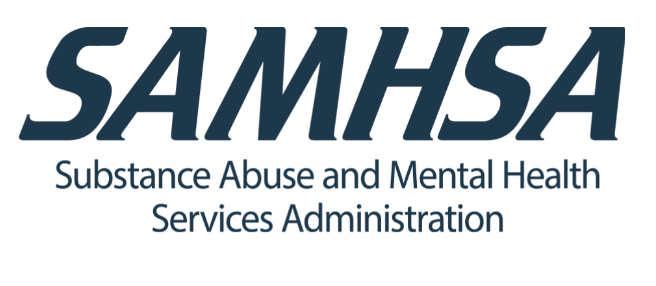Women, Girls, and Alcoholism

Girls
By 2015, 66% of female high school students were drinking alcohol compared to 62% of male high school students. Between 2002 to 2012, binge drinking declined for both 12 to 20 year-old males and 12 to 17 year-old females but not 18 to 20 year-old females.
The percentage of males age 12+ who abuse or are dependent on alcohol decreased between 2002 and 2012, but there was no such decrease for females.
The sex differences are striking among those younger than 18 years old. Between 1998 and 2007, boys’ DUI arrest rates fell by 23.7% but girls’ rates rose 28.0%.
From 1990 to 2007, the rate of self-reported drunk driving decreased 12% for men age 18 years or older, but the rate of women’s drunk driving only fell by 2%. During that same time, men’s arrests for driving under the influence decreased by 32% while women’s arrests only declined by 5%.
RISKY SEXUAL BEHAVIOR AND SEXUAL ASSAULT
A 2006 study of 551 college females found 20.4% experienced an alcohol-related sexual assault.
Forty-seven percent of women aged 18 to 24 years-old who were raped or sexually assaulted between 1995 and 2013 thought their attacker was under the influence of alcohol/drugs.
Young women’s first sexual intercourse that involves alcohol is more likely to be unplanned and consist of casual sex with an older partner.
Each year between 1995 and 2013, an estimated 96,970 youth aged 18 to 24 years were sexually assaulted or date raped by another youth who had been drinking.
Women
Women generally drink smaller amounts and less often than men. Women reach a state of intoxication far more quickly than men due to hormones, fat content, weight and body structure yielding a higher blood alcohol levels. Women drinkers are at higher risk for certain medical problems, including hypoglycemia, liver, brain, and heart damage than men who drink comparable amounts.
The risk of breast cancer rises as the level of consumption increases; the risk of breast cancer rises by 2% to 12% for each additional standard drink consumed per day. Approximately 6,133 breast cancer deaths in the United States are attributable to alcohol consumption.
From 1990 to 2007, the rate of self-reported drunk driving decreased 12% for men age 18 years or older, but the rate of women’s drunk driving only fell by 2%. During that same time, men’s arrests for driving under the influence decreased by 32% while women’s arrests only declined by 5%.
Cross addiction to other substances such as benzodiazepines and sleeping pills are higher in women than men. Doctors prescribe far more of these medications to women without assessing an adequate addiction to alcohol. The level of self-esteem for female alcoholics is far lower than that of their male counterparts.
There is a social stigma and double standard attached to female alcoholics. It’s socially acceptable for men to drink and act inappropriate, but for women, they are labeled as lushes, tramps or pigs. This behavior makes them at risk for rape, social and/or domestic abuse.
PREGNANCY & MATERNAL HEALTH
No amount of alcohol is safe during pregnancy, and there is a dose-response relationship between binge drinking and adverse outcomes for the fetus. Fetal alcohol spectrum disorders (FASDs) include cognitive, behavioral, and physical abnormalities due to prenatal alcohol exposure. Up to 2.4%-4.8% of 1st grade students (24-48 cases of FASD per 1,000 first grade children) have an FASD, and they are 100% preventable.
In a study using BRFSS data from 2011-2013, 1 in 10 (10.2%) pregnant women aged 18-44 years reported drinking while pregnant. One in 33 (3.1%) pregnant women reported binge drinking during their pregnancy.
Early initiation of alcohol use increases the likelihood that a teen mother will drink during pregnancy.




